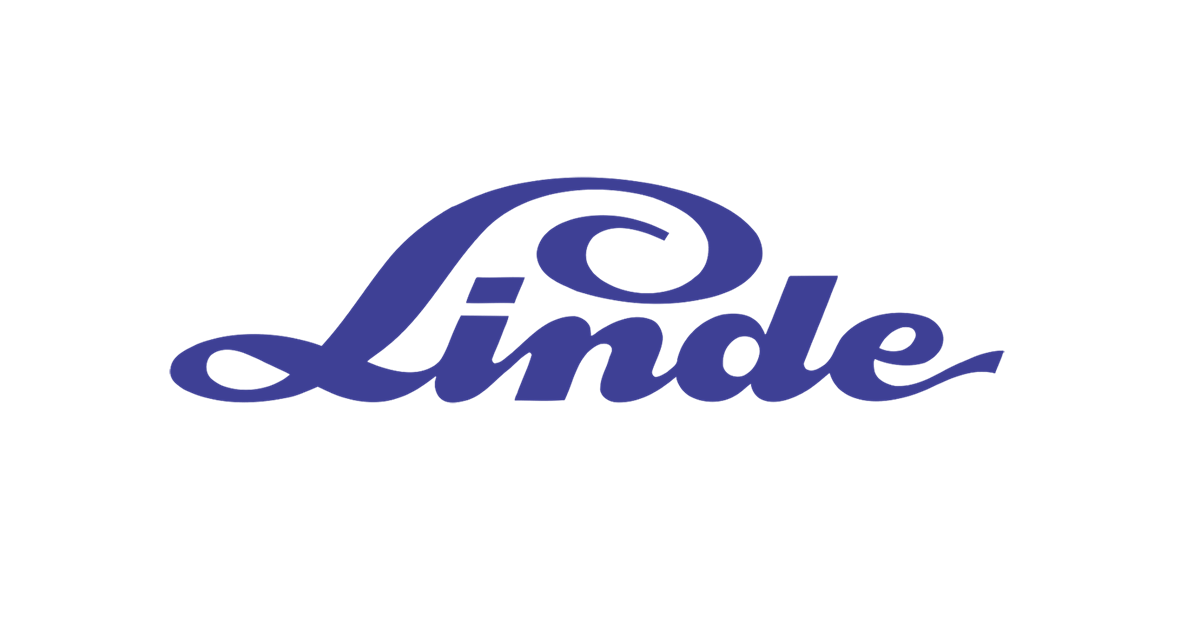WOKING, ENGLAND – August 1, 2025 – In a testament to its operational resilience, Linde plc (NASDAQ: LIN), the global leader in industrial gases and engineering, today announced second-quarter 2025 earnings that surpassed analyst expectations, delivering strong results in an otherwise “muted industrial economy.” Despite the solid performance, a detailed valuation analysis suggests that the stock’s current price may be far ahead of its intrinsic value, creating a mixed reception among investors.
The company’s management and financial figures paint a picture of a business on a firm footing. Linde reported sales of $8.495 billion, a 3% increase year-over-year, and adjusted diluted earnings per share (EPS) of $4.09, up 6% from the prior-year period. These numbers comfortably beat consensus estimates for both revenue and EPS, which were approximately $8.35 billion and $4.03, respectively.
Linde’s CEO, Sanjiv Lamba, praised the company’s employees for their high-quality execution and highlighted the expansion of adjusted operating margins by 80 basis points to a robust 30.1%. “For the second quarter, Linde once again demonstrated strong resiliency as our employees delivered high-quality results against a muted industrial economy,” said Lamba. “We continue to secure future, contractual growth with the addition of several new wins to the project backlog, especially in the electronic and clean energy end markets.”
Financial Highlights and Operational Strengths
The quarterly report showcased several key financial strengths:
- Strong Cash Flow: Operating cash flow rose an impressive 15% to $2.211 billion. After accounting for capital expenditures, the company still generated $954 million in free cash flow, allowing it to return $1.811 billion to shareholders through dividends and stock buybacks.
- Regional Performance: The Americas segment led the way with a 4% sales increase, fueled by higher pricing and volumes in the chemicals and energy sectors. The EMEA segment also saw a 3% sales increase, while the APAC segment remained flat.
- Project Backlog: The company’s future growth is underpinned by a substantial $7.1 billion project backlog, with a significant portion dedicated to “sale-of-gas” projects that promise predictable, long-term revenue streams. This includes a new long-term agreement to supply a world-scale low-carbon ammonia facility, underscoring Linde’s strategic positioning in the clean energy transition.
A Closer Look at the Valuation: Is the Stock Overvalued?
Despite the positive news, a detailed valuation analysis suggests the stock’s current price may be trading at a significant premium. Using a free cash flow (FCF) valuation model, which is a common method for assessing a company’s intrinsic worth, the analysis reveals a stark contrast between the current market price and the calculated value.
The valuation, based on a trailing twelve-month (TTM) FCF of $5.068 billion and a conservative 10-year growth projection, resulted in an intrinsic value per share of $168.29. Applying a 40% margin of safety—a buffer to account for unforeseen risks and market volatility—the conservative target price drops to $100.98.
With the stock’s last closing price at $460.26, this analysis indicates a significant overvaluation. The intrinsic value is less than 40% of the current price, a key indicator that the stock may be overbought. This disparity suggests that the market’s current valuation of Linde may be based on more aggressive growth assumptions than historical data supports, and that the stock’s price may already be reflecting a high degree of future optimism.
Understanding Linde’s Enduring Moat and Market Position
Linde’s financial strength and premium valuation are rooted in its powerful competitive advantages, or “moat,” which protect it from competition.
- High Switching Costs: The company’s on-site gas supply systems are deeply integrated into customer operations. Changing suppliers is a complex and costly process, creating a high barrier to entry.
- Global Scale and Cost Advantage: As the largest player in the industrial gases oligopoly, Linde benefits from significant economies of scale, allowing it to operate with higher efficiency and profitability than its smaller rivals.
- Essential Industry: The demand for industrial gases is largely non-discretionary, serving a wide array of essential industries like healthcare, food production, and semiconductors. This makes the business model highly resilient, even during economic downturns.
Linde’s key competitors, such as Air Products and Chemicals (APD) and Air Liquide, operate in the same oligopoly. However, Linde has consistently demonstrated superior operational efficiency and is well-positioned to capitalize on emerging trends like the global push for clean energy.
Outlook and Market Reaction
For the second half of 2025, Linde’s management has adopted a “more measured view of the underlying macro trends” but remains confident in its ability to generate long-term shareholder value. The company’s guidance for full-year adjusted EPS of $16.30 to $16.50 represents a solid 5-6% year-over-year increase, although it is slightly below analyst consensus.
The stock’s initial positive movement in pre-market trading suggests that investors are relieved by the earnings beat and are reassured by the company’s strong operational performance. However, this is tempered by the cautious guidance and the fact that the stock’s long-term valuation may not justify its current price. As investors digest the report, the coming days will reveal whether the market prioritizes Linde’s proven operational quality or a more conservative long-term valuation perspective.
